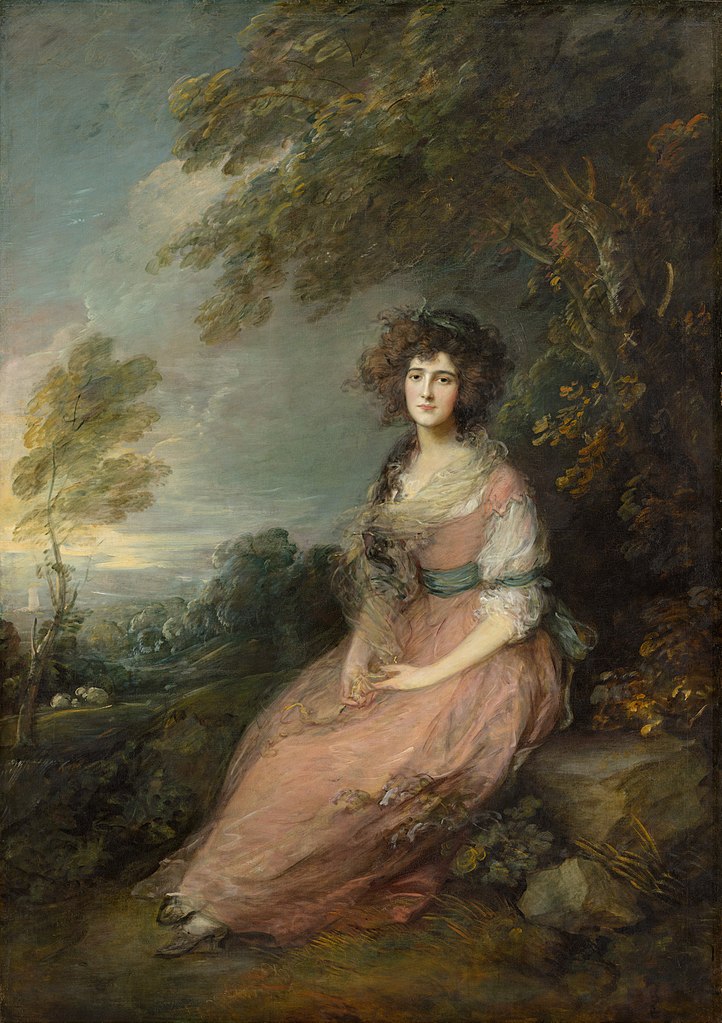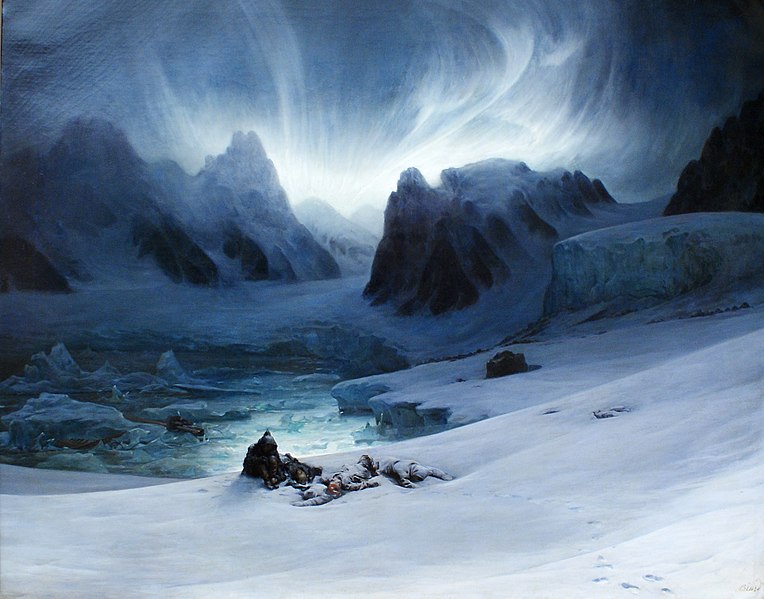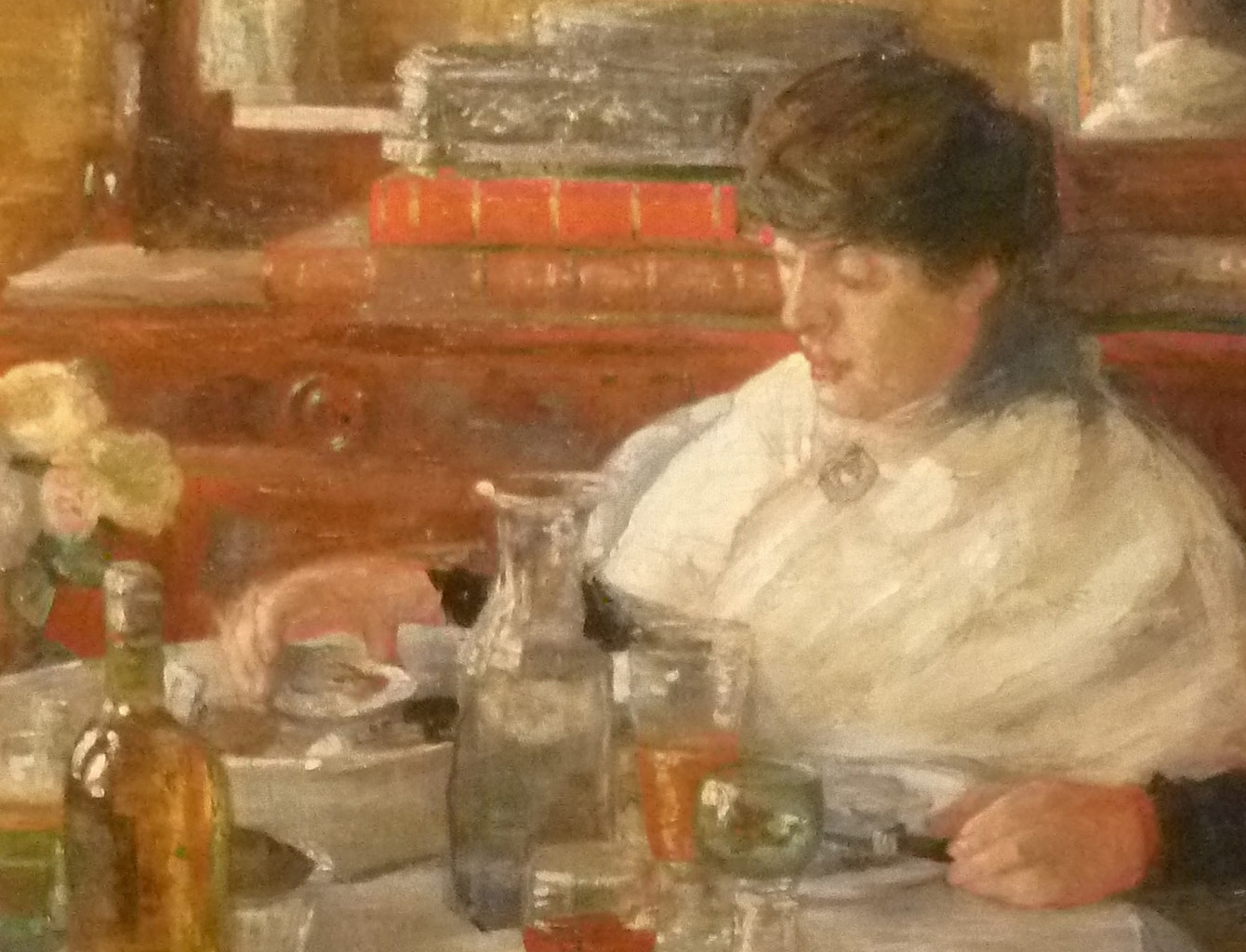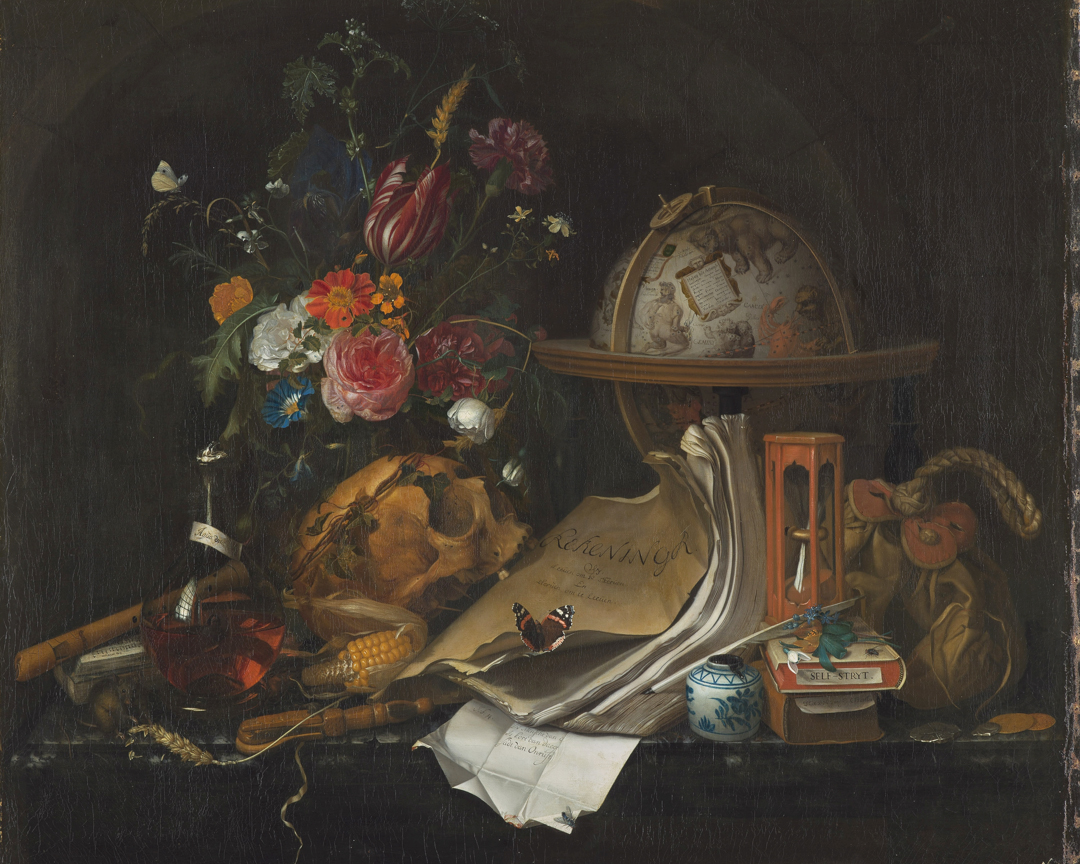
Impression Soleil Levant – the Birth of Impressionism
Perhaps you have asked yourself one or two times how the impressionist movement came to be called „Impressionism“. In fact, painter Claude Monet was directly responsible for this name. And, in fact, it was meant as an insult for the raw, quick and seemingly unfinished style of the paintings shown in the „Painters, Sculptors, Engravers etc. Inc“-exhibition of 1874
You may probably know all of this but I talk about this nevertheless. Because – why not?
Claude Monets painting „Impression, Sunrise“, shows the harbour of Le Havre, a french town in the Normandy where Monet grew up.
Monet left the town in 1859 but would always return for a visit. During the next years he painted several portraits of the city of his youth. From 1870-71 he fled to London from the Franco-prussian war. Why is this important? Because not only he became fascinated with the large London Harbour but became also fascinated with William Turners works he had seen in the National Gallery. After his return to france he visited Le Havre only sporadically but became mainly interested in the harbour. He painted several pictures between 1872 and 1874, showing the harbour of Le Havre at different times of the day or night.

In „Impression, Sunrise“ we see a hazy, hastily painted display of the harbour early in the morning. The sun is rising, the sky rosy, light purple, blue – the colours we can see early in the morning. The morning mist still is in the air, we can see some fisherboats, and hints of sail- and steamships in the background, all very hazy and misty. It is not the romanticizing view through the lens of the past. We see the harbour of Le Havre in it’s modern state with fisherboats, sailboats but also an industrial setting with smoking factory chimney – a truly and decisively unacademic setting that shows an interest in the modern world and modern technology. He shows his interest in colours, the atmosphere, the moment, the flickering, shimmering and changing light he could see in this very moment. But he was not going for any kind of realism or even an exact depiciton of his view from a window of the Hôtel de l’Amirauté on the Grand Quai.
——————————————————————————————————————————————————————————————-
Books
This page includes affiliate links. If you click and purchase, I may receive a small commission at no extra cost to you.



——————————————————————————————————————————————————————————————-
Monet had to work very fast in order to capture the peculiar atmosphere and the fleeting moment he was going for.

So, why is this painting so important? In 1874 it was exhibited in Paris by the „Société anonyme des peintres, graveurs, sculpteurs etc.“ in Nadars studio. When Monet was asked what name he wanted to chose for his painting he just answered: „Just call it impression“.
Later, art critic Louis Leroy wrote a very unfavorable review for the newspaper Le Charivari where he disparagingly called the group „Impressionists“.
„Ah! This is it, this is it!: he cried in front of n. 98. ‚This one is Papa Vincent’s favorite! What is this a painting of? Look in the catalogue.‘ ‚Impression, Sunrise.‘ ‚Impression– I knew it. I was just saying to myself, if I’m impressed, there must be an impression in there… And what freedom, what ease in the brushwork! Wallpaper in its embryonic state is more finished than this seascape!“
Leroy’s backhanded review is often attributed with the using of the term impressionism for the first time.
So, now we know: Monets painting is especially important because it served as the inspiration for the name of the whole movement.




